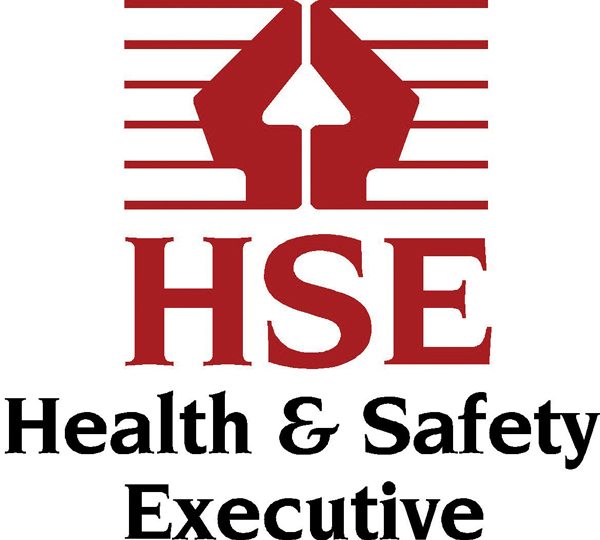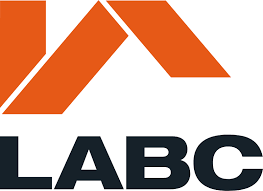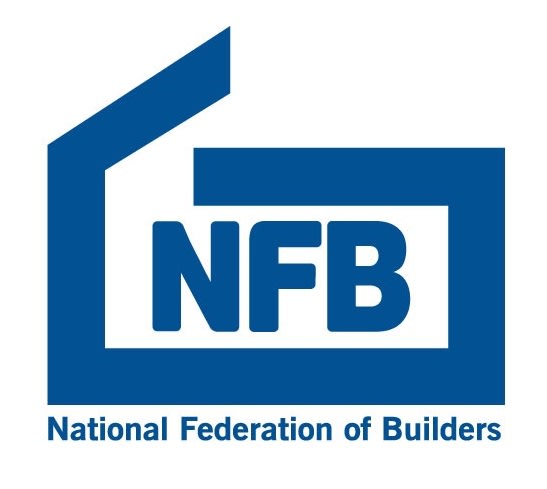Beer Wall Flood Alleviation (Phase 3) – Skanksa UK
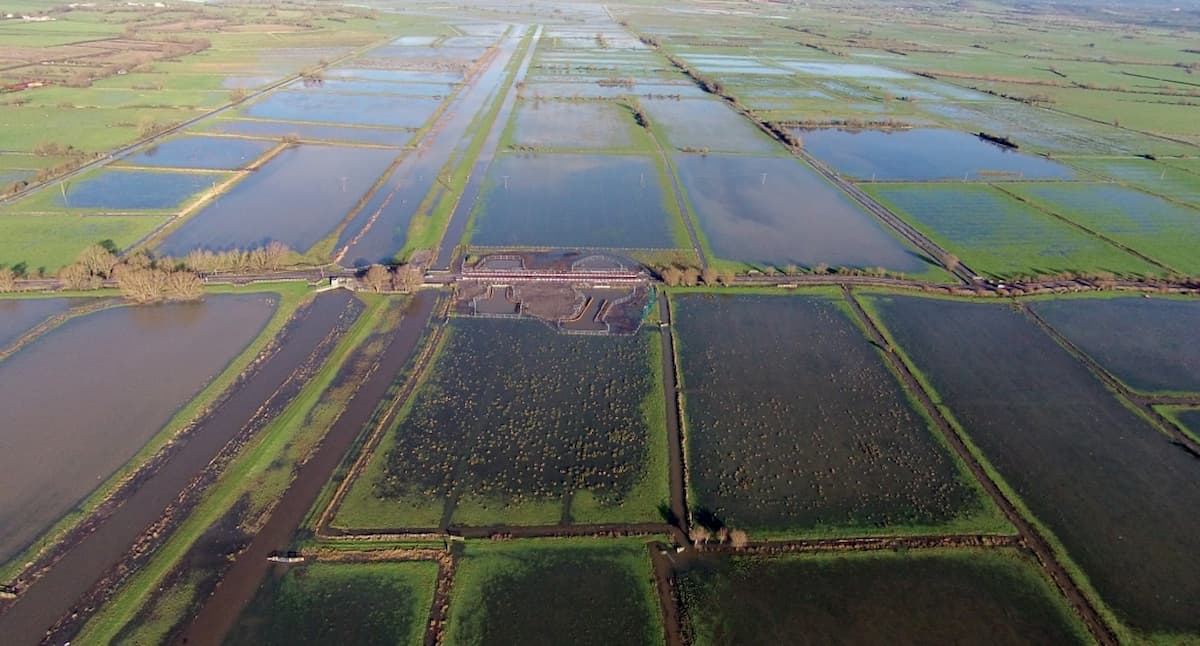
Project Overview
The A372 is a strategically important part of the Somerset highways network, acting as the main route between the areas of Langport, Yeovil and the A303. Drainage capacity through Beer Wall was restricted in the original Sowy River and Langacre Rhyne culverts under the A372, causing Beer Wall to impound water during high flows. During the 2013/14 Somerset floods, water flowed over the road and scoured the road embankment leaving the road impassable and closed for several weeks, causing damaging, costly effects on local community life and significant disruptions to commuter routes and the local economy. As well as the human cost of flooding, operational costs during the flood event are estimated to be in the region of £147 million. This project delivered a vitally important flood alleviation project for local residents affected by recent flooding events in Somerset. Phase 3 of this scheme involved the excavation of two new river channels and installation of two large tilting weirs to connect the Sowy River and the Langacre Rhyne to the newly installed culverts upstream and downstream of Beer Wall, more than doubling the amount of water that can flow underneath the road.
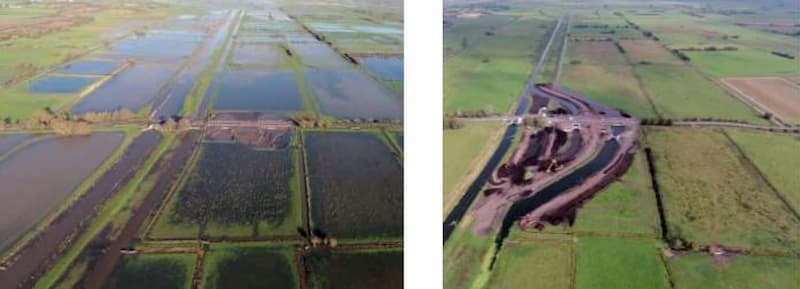
Best Practice
Collaboration: Good team work and collaboration was crucial to the success of this project due to the number of stakeholders and interested parties being involved in both the construction and project planning stages. The core project team also involved representatives from Arcadis (working on behalf of the Environment Agency and Ch2M Hill (designers, geotechnical support, environmental clerk of works). Bi-weekly collaborative progress workshops were held with the aim of bringing all key partner organisations together and helping all parties understand the interfaces and potential issues. This was beneficial as it enabled joined-up problem solving and decision making. The core project team was complemented by a collaborative group of stakeholder and partners that regularly attended project progress meetings or engagements specific to their areas of interest. Good communication, idea sharing and jointly taking responsibility for achievements and challenges meant that the team remained resourceful and efficient throughout the scheme.
Health and Safety: This project faced a number of challenges to health and safety, namely working in close proximity to water and using heavy plant and machinery on difficult, soft ground that primarily consisted of peat. Throughout the duration of the works approximately 500 staff (Skanska and subcontractor inclusive) worked over 25,000 hours to complete the project. Skanska initiated its behavioural safety programme, Injury Free Environment (IFE), on site which formed part of the induction for all staff and supply chain. The result was no RIDDOR or lost time incidents or accidents occurring on site and an LTAR of 0 for the project.
Environmental Impact: All welfare units on site were eco cabins utilising a mains power connection from the existing Sowy Sluice structure. Skanska worked closely with our supply chain and the EA to ensure that excavated waste peat was turned into a valuable resource for local farmers. As well as delivering cost and carbon savings through innovative value engineering and redesign, the project also resulted in a biodiversity net gain on completion, exceeding the planning conditions for biodiversity. Scalloping and marginal planting, along with reed growth in the retained length of the Langacre Rhyne, will result in an increase of river and bankside habitat. These improvements resulted in a net gain for biodiversity within a highly sensitive area. Improvements include Bespoke eel passes and otter ledges and replacing floodplain grassland with 1.5ha of open water and diverse river margin habitat Due to the sensitivity of the site imported aggregates were required to be clean, virgin aggregate. Working with their supply chain we maximised the recycled content of this aggregate. In the initial design haul roads were to be removed from site as waste. These aggregate haul roads were largely retained as improved access tracks and covered with extra (site won) peat and hydro seed.
Operations were never more than 10m away from a live watercourse. Key risks to water quality were sediment runoff, over pumping of water and silt pollution from excavation works. Risks were exacerbated by the almost stagnant conditions and warm temperatures experienced in the rivers Sowy and Langacre during mid-summer, when the most sensitive excavations and merging of old and new river channels occurred. Careful programming of excavation works and the fitting of bespoke silt curtains, baseline and operational water quality monitoring resulted in the project completing with an EIFR of 0 and the Environment Agency water quality team confirmed no adverse effect on water quality. Innovative river gauging equipment and CCTV cameras have been installed on the new weirs, meaning the EA will have the ability to control these assets remotely. This is beneficial for improving water level management, as well as potentially reducing maintenance costs and the need for staff to manually operate the gates. Three innovative combined Eel and Otter passes have been installed on site. A layer of GRP, complete with textured surface has been added to the top of the eel pass to enable the otters to cross over the weir structure with ease.
Stakeholder Reaction
The completed scheme reduces flood risk, maintains access, increases resilience, respects the local environment, and promotes business confidence – all aims agreed in Somerset’s 20 Year Flood Action Plan. A strong collaborative relationship fostered by Skanska and the Environment Agency ensured a successful multi stakeholder approach to this project. Bren Hodkinson (Environment Agency Project Manager) said “Beer Wall illustrates the benefits of a collaborative, multi-organisation approach – bringing expertise and innovation to a challenging project. The scheme drew significant public and political interest in its flood management capacity. Working in and around two main rivers within a Special Protection Area required considered and sensitive environmental management. The enthusiasm, expertise & proactivity of the project team ensured the scheme was delivered to the Somerset Rivers Authority with significantly reduced carbon emissions and costs. I’m very proud of what Skanska, and the whole project team, have delivered together.”







